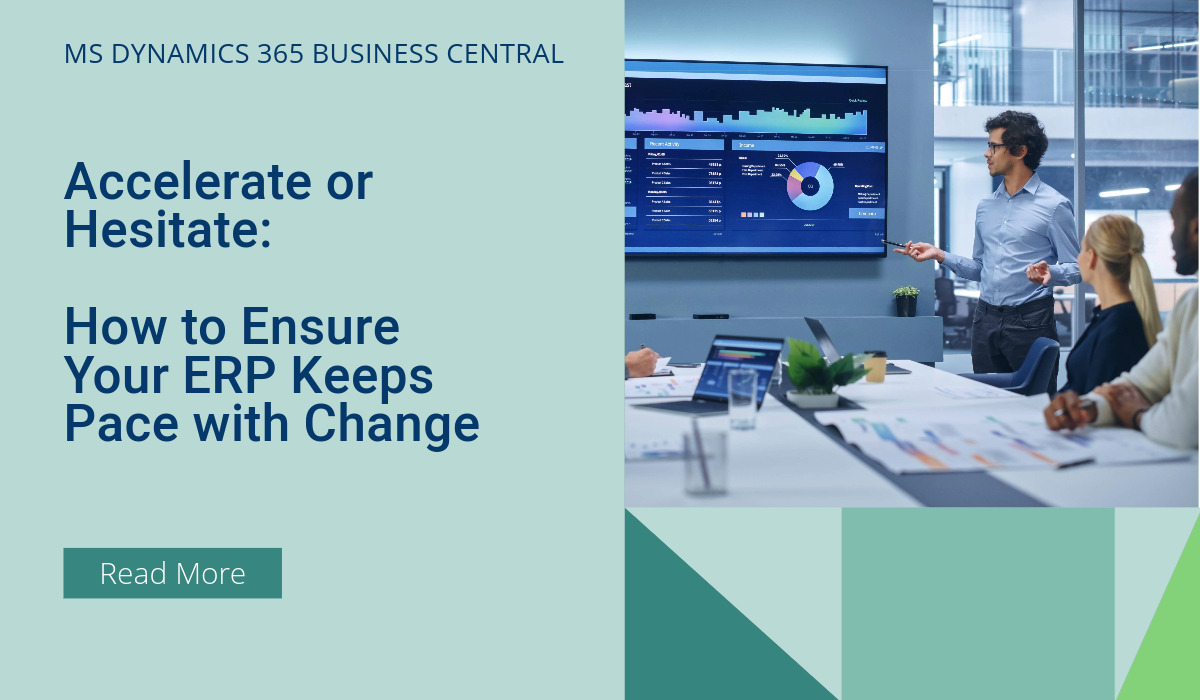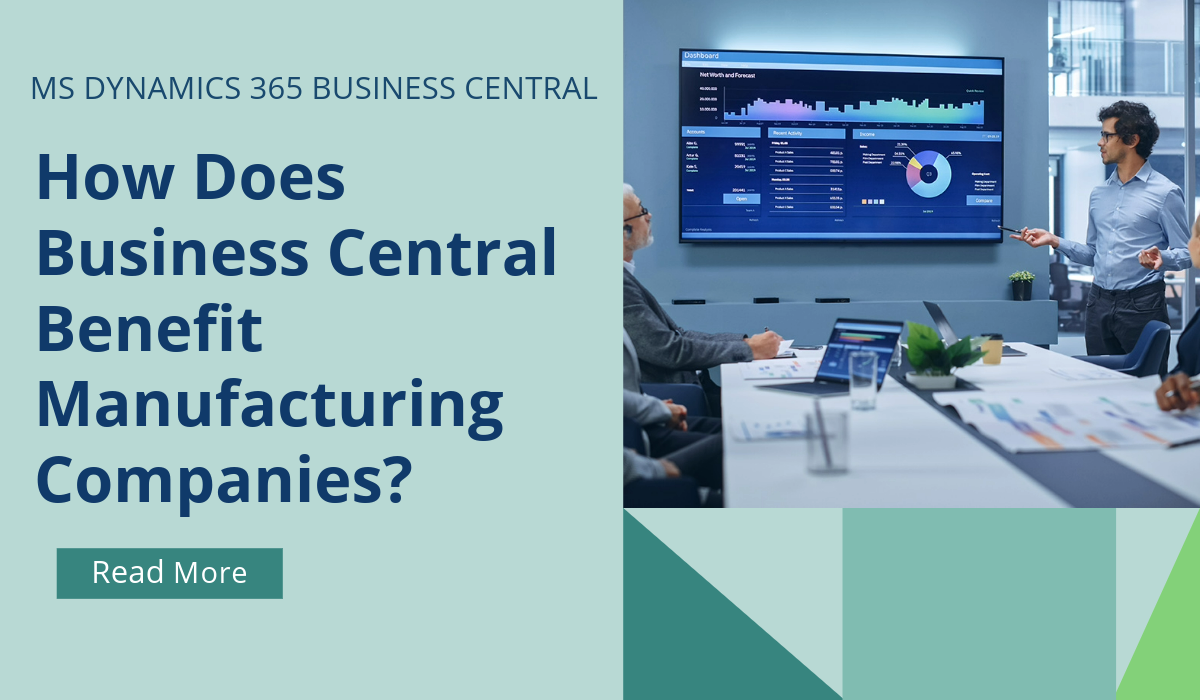
Accelerate or Hesitate: How to Ensure Your ERP Keeps Pace with Change
In today’s dynamic business landscape, where customer demands are constantly evolving, it’s alarming to discover that a significant number of ERP systems are not just misaligned, but often shockingly misapplied or left to languish in underuse. The repercussions of this mismanagement ripple through organisations, impacting not only the companies themselves but also their valued customers and partners.
The real puzzle here is not only how to uncover the underlying reasons behind these missteps but how to find actionable solutions. Read on to learn 3 eye-opening misconceptions that shed light on this critical issue.
1 – Don’t use outdated processes.
Selecting a new ERP solution demands a lot of time and energy from your team. Oftentimes it requires so much time and energy that the implementation process must be performed under high pressure. Many organisations therefore feel forced to re-automate outdated business processes that they simply copy from their current ERP system. That might seem like a great solution for the short term since it simplifies the implementation process and keeps you in your comfort zone.
But in the mid- to long-term, this approach is ineffective. In fact, it can even turn your ERP solution into a brake that prevents you from further growing your business. This is especially true if these processes had already been adopted from a system that was already outdated during the previous implementation!
2 – Don’t ignore external change.
A second important reason why your ERP system can become a handicap is ignoring external changes. The recent pandemic is, of course, the best example of this. Some companies are still ignoring the impact that COVID-19 had on their markets, their employee preferences and the buying behaviour of their current and future customers. How long you can afford to ignore this impact?
3 – Don’t cease training.
While you may have successfully implemented modernised processes and adapted them to the challenges posed by the pandemic, the critical question remains: are your end-users truly harnessing the full potential of these upgraded functionalities and processes? Surprisingly, many organisations still cling to the notion that training during the implementation phase will suffice for the next half-decade or more. Yet, in a world marked by rapid and relentless change, is this mindset helpful?
If your current ERP solution were a car, are you and your team driving it in the correct gear, and is it moving fast enough to stay ahead of the competition? The cornerstone of enduring success lies in the ongoing training of your team.
Being critical of how you implement your new ERP software is crucial to always be up to date with the expectations in your markets. Spending enough budget on continuous end-user training ensures that your nice system will be used in the way it was intended.
Do you need help ensuring that your ERP is keeping up with today’s fast-paced changes?
Get in touch today and learn how we can assist you: https://bit.ly/3k71yLx
April 2, 2024
RECENT POSTS
Business Central How-To: FastTabs & FactBoxes
Business Central, a user-friendly ERP system, has plenty of terminologies specific to the product, and if you’re moving across to BC from some other program, or even considering an upgrade from NAV to BC, it [...]
How Does Business Central Handle Inventory Management?
Inventory Management is a module in Business Central that helps SMBs manage their inventory and other operations within a single platform. SMBs can track, manage, and optimise stock levels across locations. Microsoft Dynamics [...]
How Does Business Central Benefit Manufacturing Companies?
Manufactured products are part of everyone's lives. From the car that you drive, the mobile phone that you use, to the milk that you drank for breakfast. Companies that create these products must [...]


